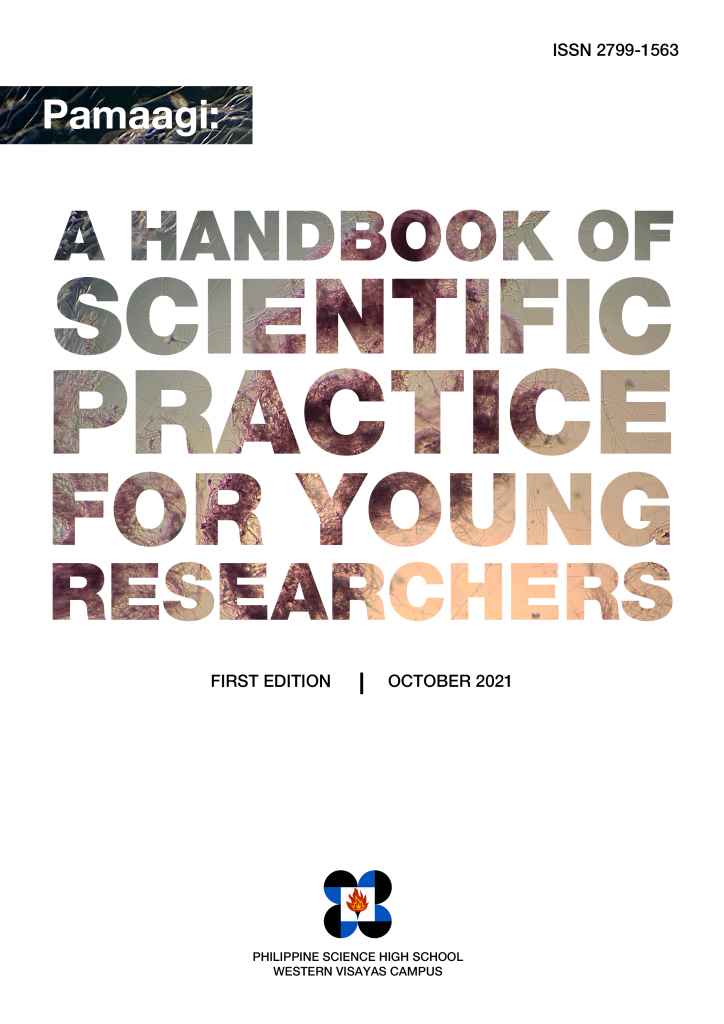
Pamaagi: First Edition
THIS IS OUR PAMAAGI.
This book called Pamaagi manifests our desire to help young researchers in searching for appropriate methods in answering their research problem. We decided to collate the methods published in the Publiscience research journal and put it into one reading material. In this edition, we only included the published articles in the first three volumes. Despite our desire to include all articles, we can only publish based on the availability of alumni writers and volunteers in coming up with this first edition. This is our first attempt and so much can be done to improve the handbook.
Unlike in the journal articles, some details of the methods were omitted due to page limitation. In this book, we try to balance detail and brevity. We also provided the link to the published article so that the context of the method can be well understood. Certainly, the details can be requested by requesting for the entire manuscript.
We decided to call this book Pamaagi to honor our Ilonggo heritage. The word Pamaagi means procedure or technique in achieving a desired result. The words support the fact that in the absence of or in a dire situation, one can invoke the pamaagi. The book hopes that readers would also come up with pamaagi as not all methods can be copied exactly. It calls for tweaking and is true to the research aim.
This is our pamaagi.
ABOUT THE COVER
The cover features an image of Lyngbya majuscula (lumot) under a light microscope with 100x magnification. They are unbranched, filamentous cyanobacteria which are single cells, joined together to form thread-like strands. Most people deem this thin, joint, single-celled cyanobacteria to be dangerous as it causes harmful algal blooms. However, when we look beyond its adverse effects, we see its limitless potential. This cyanobacterium is a source of 197 bioactive compounds that have various applications in the aquaculture and pharmaceutical industries. Just like in research, L. majuscula represents how we all started as distinct individuals. But with the support and guidance of the PSHS research community – our advisers, teachers, and batchmates, we are coalesced by our scientific ideals. This shows us that through our unified and inquisitive minds, we can continue to serve the people with excellence as we search for the untarnished truth in this ever-changing world
You can access the handbook by chapters that suits your interests!
General
Section includes techniques for mapping and more.
Biology
Section includes assays, extraction, microscopy, microbiology, and more.
Chemistry
Section includes degradation, fabrication, synthesis, and more.
Physics
Section includes electronics, field testing, materials testing, and more.
Computer Science
Section includes app development, image processing, and more.